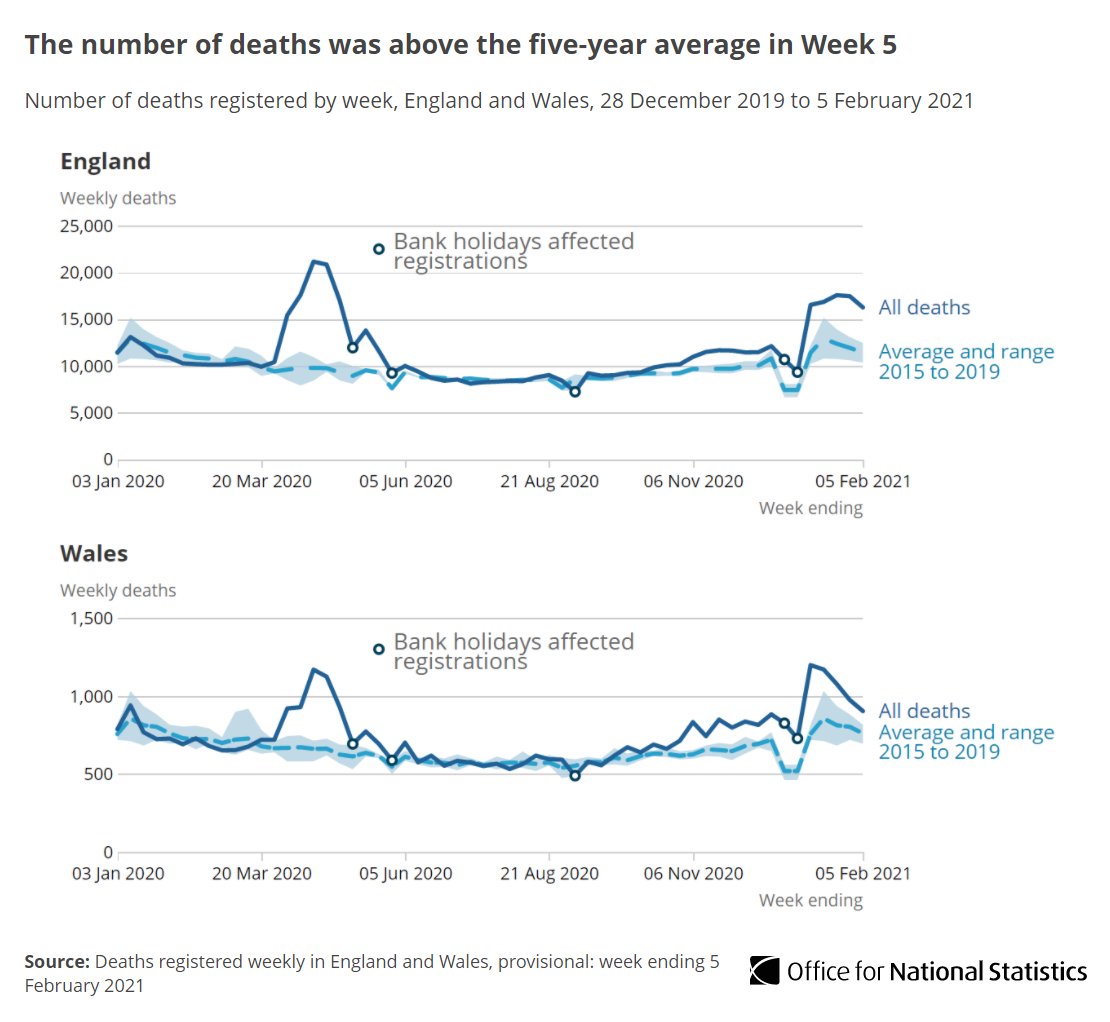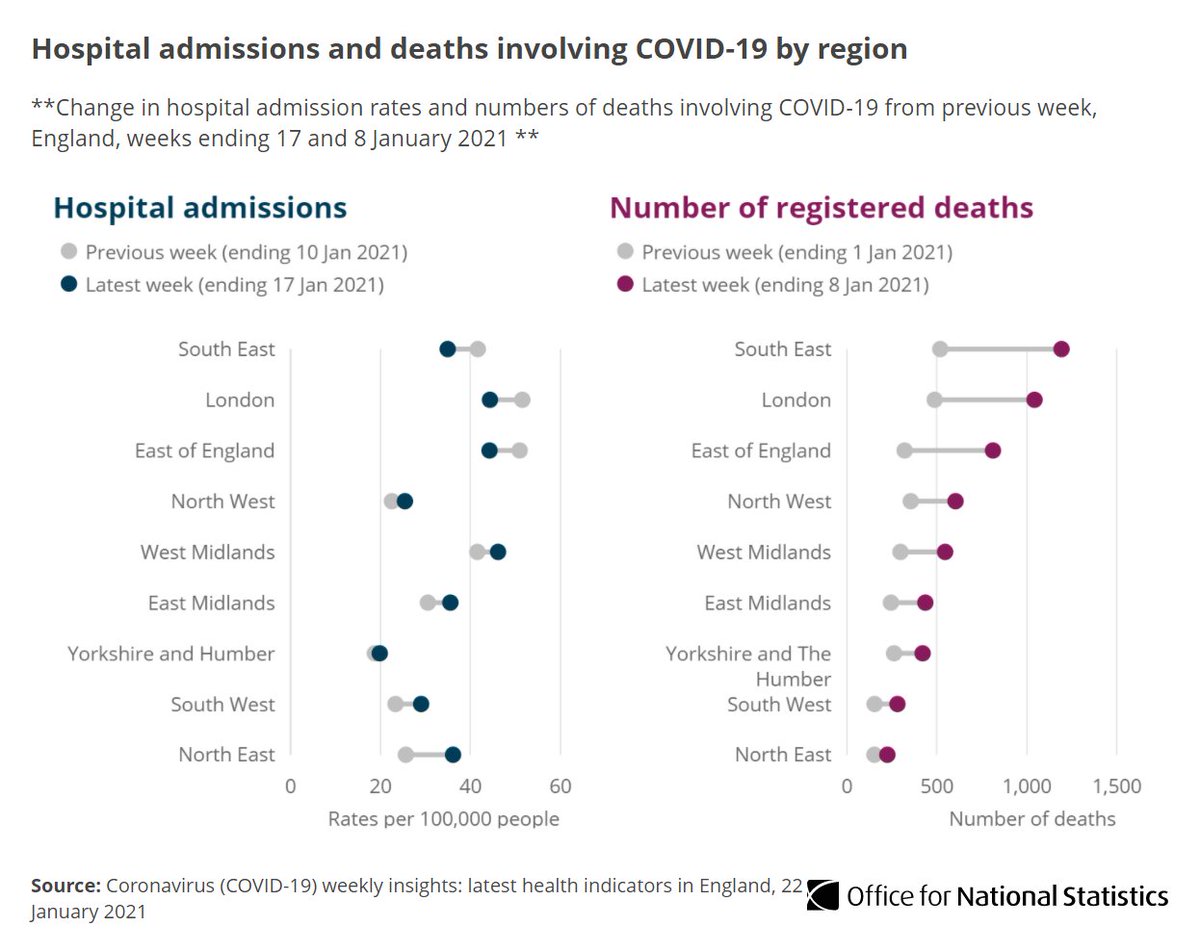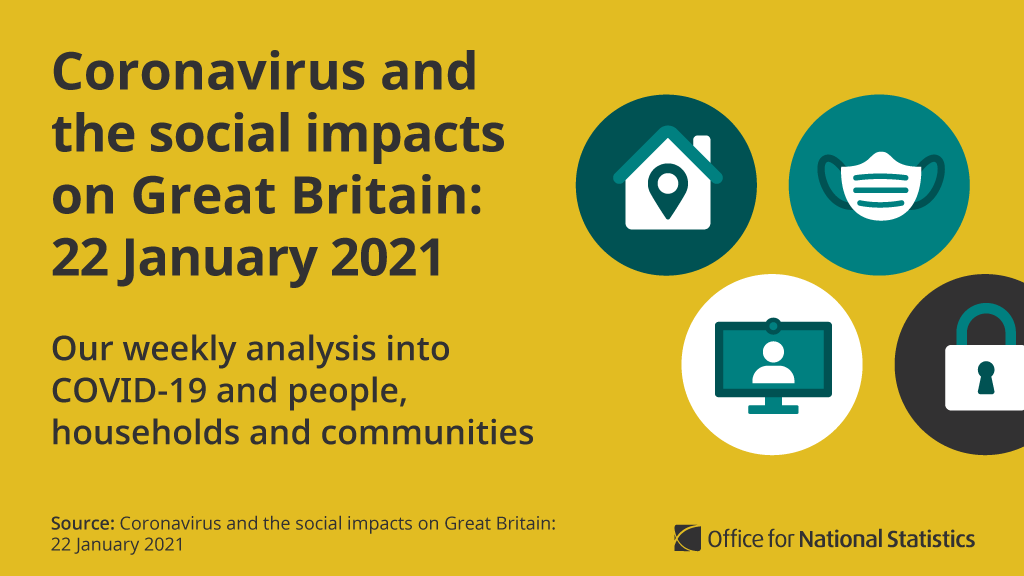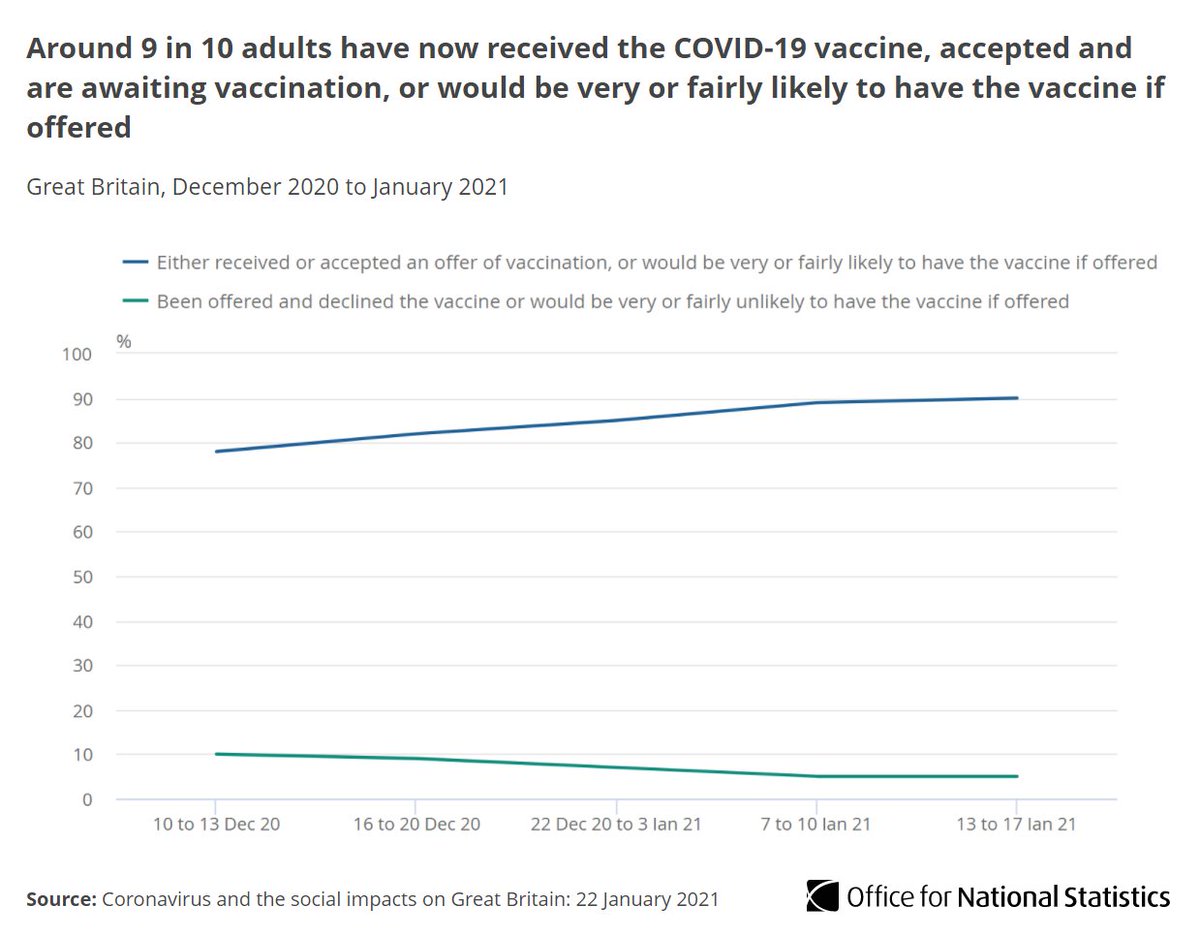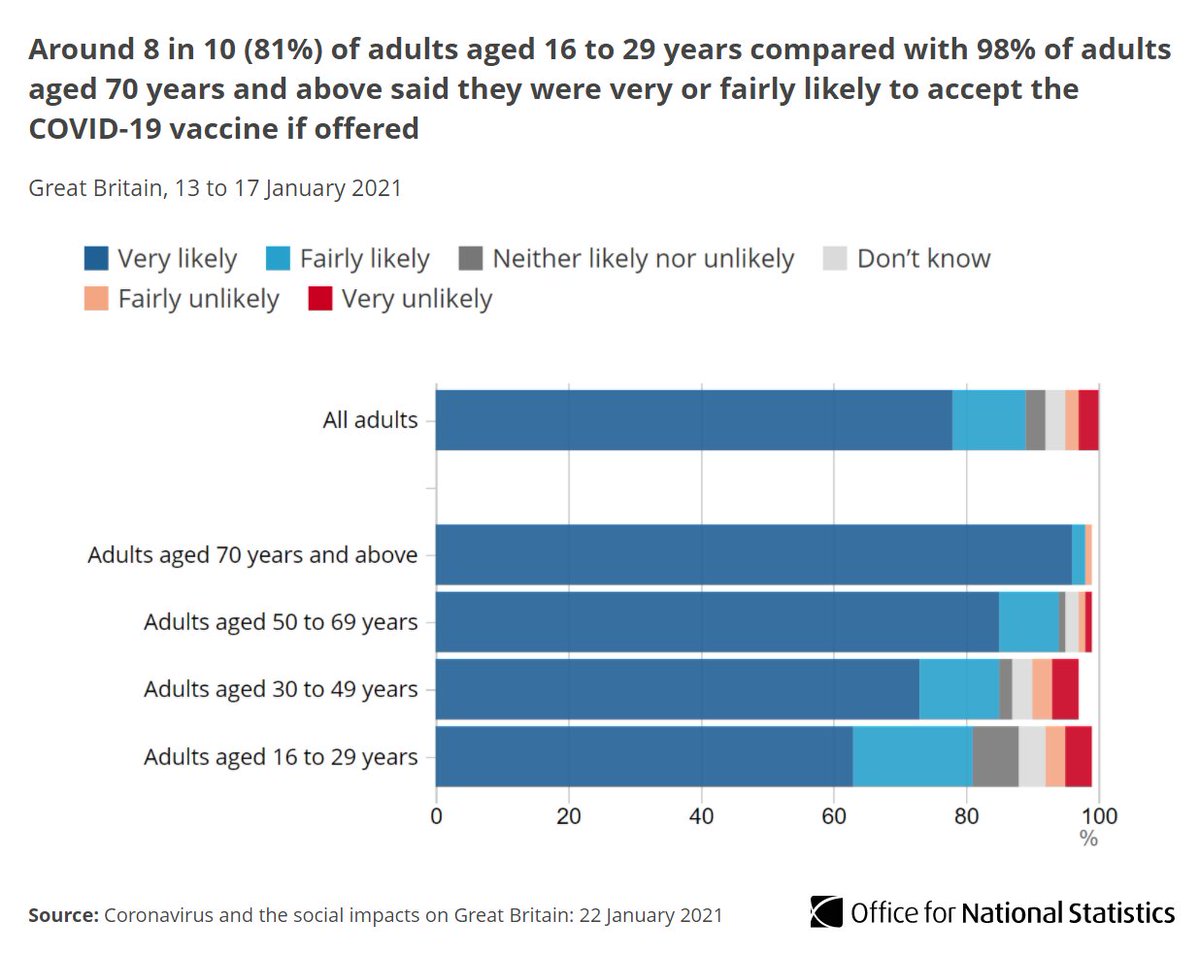
We’ve published analysis showing how industries related to travel and tourism in the UK have been affected by #COVID19.
The bulletin uses ONS statistics on business performance and the Labour market as well as other external data sources ow.ly/m0H950DAl0z
The bulletin uses ONS statistics on business performance and the Labour market as well as other external data sources ow.ly/m0H950DAl0z
#COVID19 has affected the travel and tourism sector heavily in 2020 and 2021.
Government restrictions both in the UK and worldwide have prevented tourism for large periods of time ow.ly/saoL50DAl1r
Government restrictions both in the UK and worldwide have prevented tourism for large periods of time ow.ly/saoL50DAl1r
Our Business Impact of Coronavirus Survey (BICS) revealed most travel and tourism industries had a higher percentage of people on furlough leave than other industries.
These industries were also more responsive to changes in lockdown restrictions ow.ly/B7N950DAl56
These industries were also more responsive to changes in lockdown restrictions ow.ly/B7N950DAl56
The BICS survey also showed the proportion of businesses in travel and tourism industries trading peaked at 85% in October 2020, before declining in response to increasing restrictions in November ow.ly/bsvm50DAl8a 

Data from our MBS (Monthly Business Survey) show turnover for travel and tourism businesses fell to 26.0% of February levels in May 2020 ow.ly/7bvE50DAla8 

Our Labour Force Survey data shows those who reported their main job as being in the travel and tourism industry during Quarter 3 2020 was 10.8% lower than the same time in 2019.
Over the same period, employment in other industries increased by 0.1% ow.ly/5ibf50DAlcu
Over the same period, employment in other industries increased by 0.1% ow.ly/5ibf50DAlcu
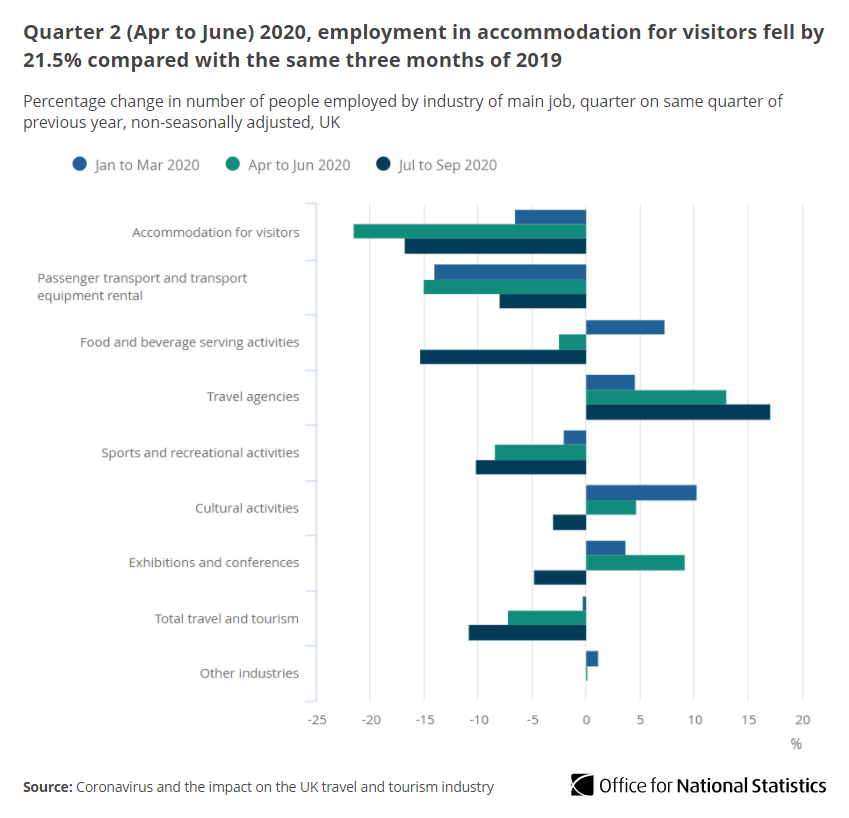
The largest fall in employment in travel and tourism industries was for people aged 25-34 working full time ow.ly/JMbb50DAleP 
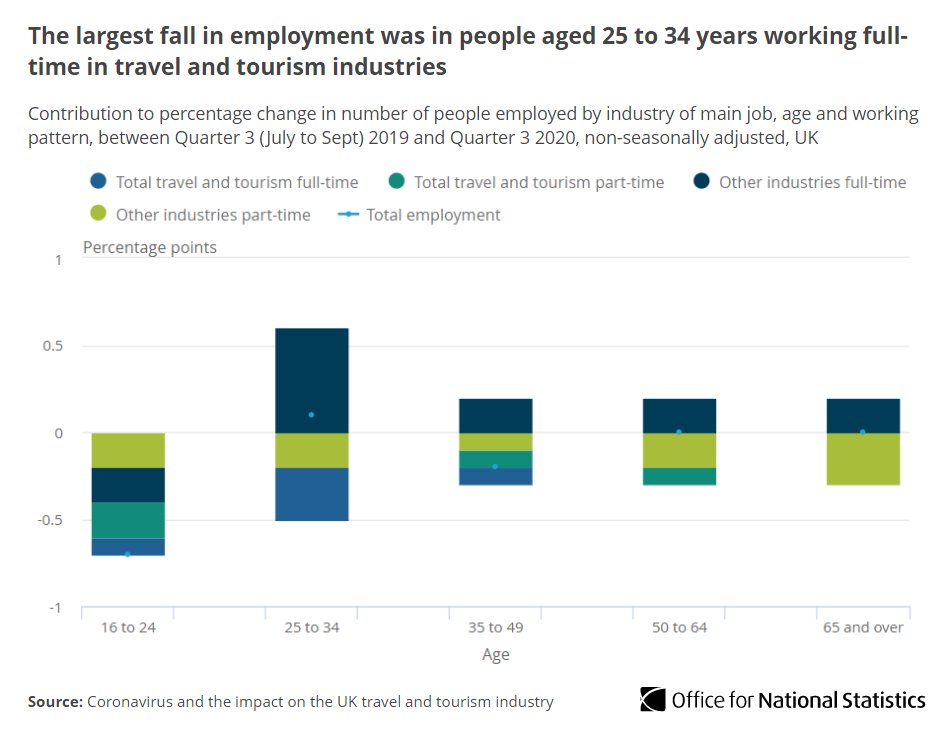
Data from @UK_CAA show how international passenger traffic at UK airports fell to 1.9% of its February 2020 levels in April.
This recovered to a peak of 36.7% in August before falling again in response to increased restrictions ow.ly/7fiL50DAliS
This recovered to a peak of 36.7% in August before falling again in response to increased restrictions ow.ly/7fiL50DAliS

.@ukhomeoffice data show International passenger arrivals fell from 6.8 million in February to 112,300 in April 2020, of which 56.5% were British nationals.
This is an increase of 5.6 percentage points on the proportion in February ow.ly/ENyN50DAlnd
This is an increase of 5.6 percentage points on the proportion in February ow.ly/ENyN50DAlnd
Data released by GetLink, the operator of EuroTunnel, show how traffic through the tunnel has changed this year ow.ly/zvtb50DAlp5
In April 2020, only 19,862 passenger vehicles travelled, compared to 227,393 in the same month in 2019, a decrease of 91.3%.
This includes cars, motorcycles, vehicles with trailers, caravans, camper vans and coaches ow.ly/kX3u50DAlr4
This includes cars, motorcycles, vehicles with trailers, caravans, camper vans and coaches ow.ly/kX3u50DAlr4
Hotel occupancy data from @VisitEngland show Greater London saw the largest fall in room occupancy of any English region from 2019 to 2020, with just 20% of rooms occupied in July 2020.
This is compared to 90% in the same month in 2019 ow.ly/s6Ia50DAlud
This is compared to 90% in the same month in 2019 ow.ly/s6Ia50DAlud
• • •
Missing some Tweet in this thread? You can try to
force a refresh

